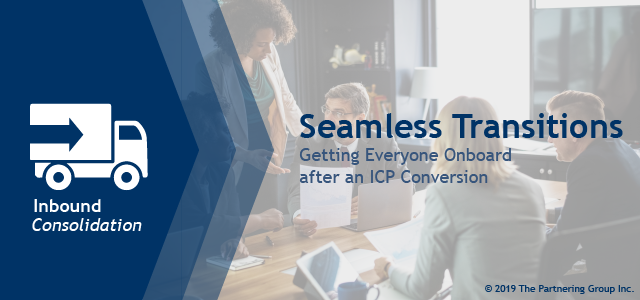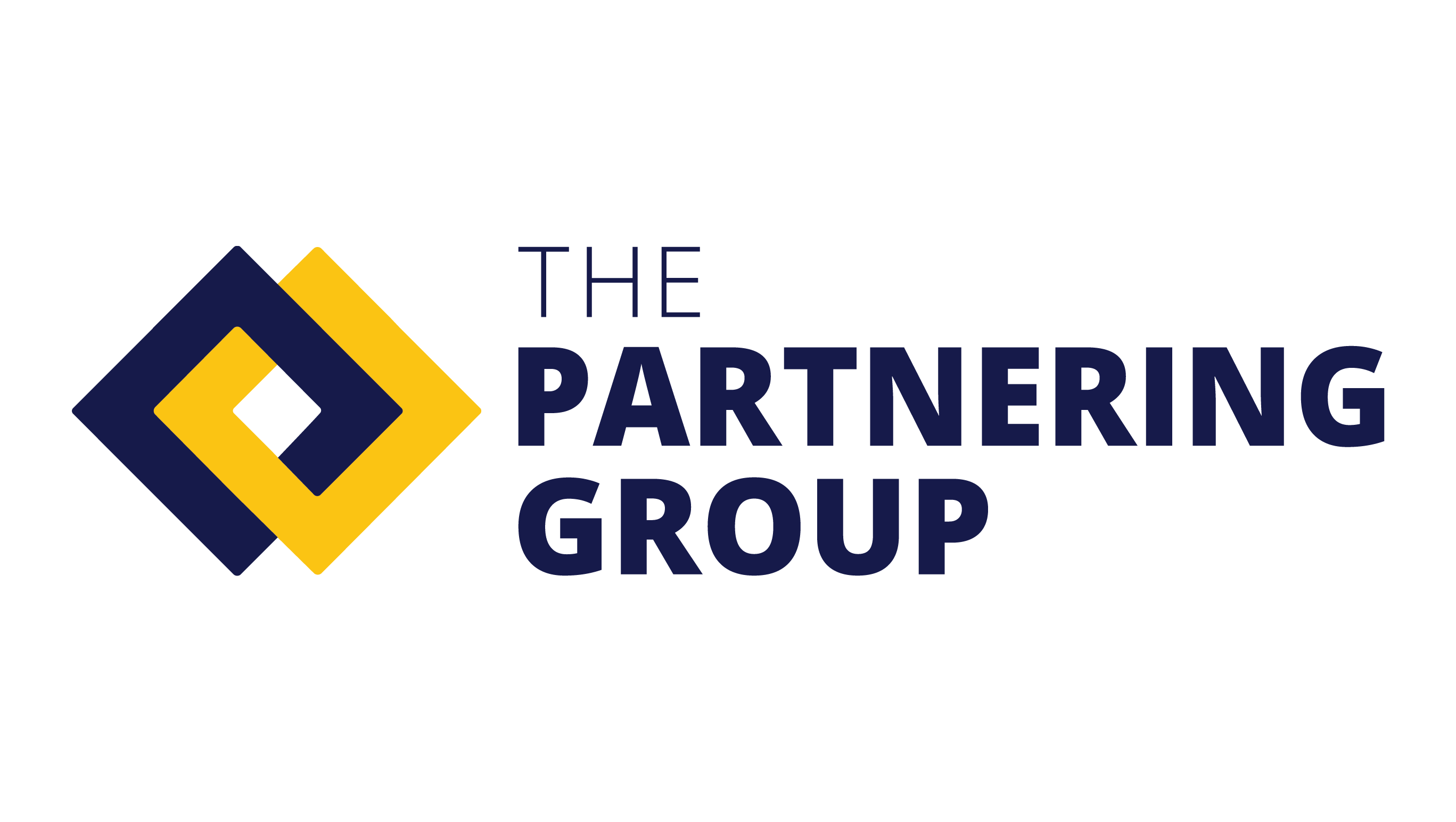- February 4, 2019
- Posted by: tpgstaging
- Category: Blog


By: Chrys Tarvin and Steve Forsyth
Congratulations! You have made the wise decision to convert your organization to an inbound consolidation program. ICP conversions are generally regarded as the highest impact strategic initiative today’s retail organizations can make, and you are likely to soon be rewarded with significant transportation savings, simplified networks, and reduced lead time. Of course, all of these benefits are reliant on a smooth transition. So, what can you do to make this happen?
While the benefits of such a conversion are unmistakable, making the switch to inbound consolidation requires changes across many areas of your business. In addition to changes in the logistical movement of goods, you will also likely be making changes to freight terms, delivery procedures, and compliance manuals. This means that the number of team members and business partners who will be impacted by this initiative is substantial.
TPG Inbound Consolidation Series Part 5 (of 7): Click here to request ebook.
It is vital that all team members are fully prepared to make this transition. This means that teams are fully informed of upcoming changes before they take place. However, smooth transitions also require ongoing support throughout the transition process. What you need is a winning onboarding strategy.
During the earlier planning stages of making your ICP conversion, you should be identifying all teams and individuals who are likely to experience change during the course of your ICP conversion. Think about what changes are being made and who will be affected by these changes. Remember to be thorough! Many organizations fail to materialize their full conversion benefits because they only consider the most obvious players when planning their transition support. For example, while it may be obvious that you will need to train supplier partners, did you consider the impact new changes to your compliance manual will have on the team who enforces that manual?
Next, consider which procedures are being impacted. Again, be thorough! The most effective teams are those who know exactly what they are doing and what is expected of them. An important thing to consider here is that your team members will need to know not only what is changing, but also what is staying the same. In order to ensure understanding, plan on clarifying the affected procedures in their entirety so that everyone has a complete picture of what is expected.

Since you have a complete list of who needs to be brought up to speed, consider how much each team or participant needs to know. You want to strike the perfect balance between getting all players all of the information that they need while also not wasting anyone’s valuable time.
Now that you have a defined picture of who needs to know which information, it is time to start thinking about delivering that information. There are a myriad ways through which you can choose to present the important information detailing the inbound consolidation program onboarding, ranging from conference calls to workshops to online training modules. Whichever style you chose, make sure to include several key components. First, your onboarding should be delivered in a way that allows engagement with your participants. There will be many questions and participants should have a means by which they can immediately ask them. Additionally, your delivery method should allow for an easy way to check and track participation and completion.
Finally, a last consideration in preparing your inbound consolidation conversion onboarding should be attitude. While this conversion is undoubtedly the best path forward and most likely to lead to wins all around for you, your partners, and your customers, change can be difficult for many. Particularly in the case in which you will be asking vastly different freight terms or shipping procedures of your suppliers, remember that your onboarding styles should approach this change with courtesy and an attitude of support. The more supported your team members feel, the more willingly they will jump onboard, and the more successful your new ICP conversion will be!
If all of this seems a little overwhelming, remember, there is support available! Why go through the ICP conversion process alone when experienced professional consultants can help you navigate onboarding and so much more? If you are interested in exploring an inbound consolidation program for your organization, reach out to us to take the first step!
________________________________________________________________________
Why TPG?
We have the experience!
Designed, integrated and implemented Inbound Consolidation Programs for Fortune 100 and 500 Companies throughout North America, south America, and the Pacific Rim improving cost, service, quality and speed.
________________________________________________________________________
Authors’ Note: This article is the fifth of the TPG series on Inbound Consolidation.
Find the previous post here: What’s In It For Us? How Your Inbound Consolidation Conversion Benefits Supplier Partners.
Next up – 6 Tips for Your ICP Supplier Negotiations
© 2019 The Partnering Group, Inc.
